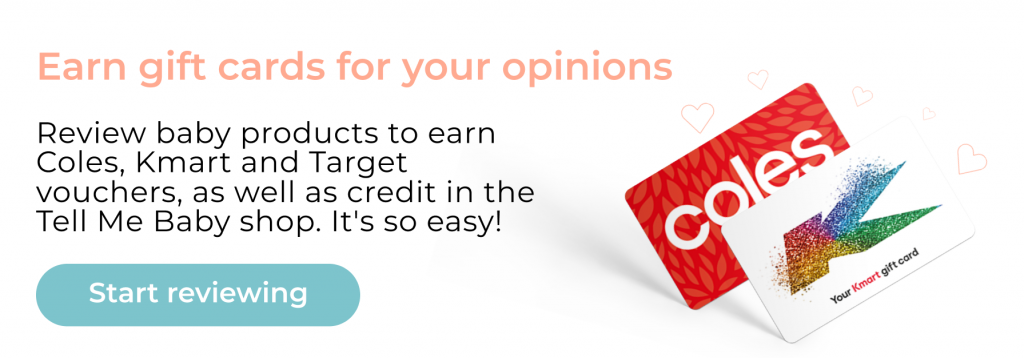Here’s what happens to your body right after giving birth

You’ve prepared for labour and birth, and you have some idea of what to expect. But what about immediately after birth?
Here’s what happens to mum’s bodies in the first 24 hours after birth.
Skin-to-skin
Immediately after birth, as long as everyone is well, your baby will be put on your chest for some uninterrupted skin-to-skin. As well as giving mum and baby a chance to bond, the Mater Mothers’ Hospital says “skin-to-skin contact has positive effects on baby’s skin temperature, heart rate and breathing rate.”
Skin-to-skin after birth is also possible with a c-section. The Australian Breastfeeding Association says, “In some hospitals, the baby is placed in skin-to-skin contact with the mother while she is still on the operating table.

“As soon as the paediatrician is happy with the baby’s condition, he is placed under the sterile drapes on his mother’s chest while the doctor is stitching her up. If this is not possible, your baby may be able to be skin-to-skin with you in the recovery room.”
Just make sure you discuss your wishes with your obstetrician or midwife before birth.
After birth
It’s not over once your baby is born (it’s not fair, we know!). Next comes the third stage of labour, when you deliver the placenta.
Pregnancy Birth & Baby says: “The midwife may pull on the umbilical cord to deliver the placenta, and may ask you to help by gently pushing.”
You may also receive an injection in your thigh to speed up this stage of labour.
“The injection contains a drug called syntocinon (a synthetic version of the hormone oxytocin), which makes the womb contract and helps to prevent heavy bleeding known as ‘postpartum haemorrhage,'” the website says.
Colostrum
It takes a few days for your breast milk to come in. In the meantime, your breasts will produce something straight after birth called colostrum (a nutrient-rich pre-milk that boost a baby’s immune system, among other things). Babies are born with a sucking reflex already developed, so you can try your first feed as soon as possible.
Bleeding
Whether you’ve delivered your baby vaginally or had a c-section, you’ll experience a vaginal discharge called lochia – this is made up of excess blood and mucus from where the placenta comes away from the uterus. Although every mum is different, heavy bleeding may last up to 10 days, and light bleeding or spotting can last up to six weeks.
After birth pains
If the contractions weren’t enough, some women experience similar after-birth pains – this is because the uterus is now contracting back to its pre-pregnancy size. These pains can feel like contractions or strong period pain.
Love hormones (or not)
Some mums immediately feel a rush of love for their baby, aided by all the oxytocin – “the love hormone” – coursing through their body after birth. This makes all your senses come more alive as you notice all the little details, like your baby’s feel and scent.
For some mums, the love feeling may come over a longer period of time, in the days, weeks or even months to come. If you’re ever concerned about how you’re feeling, or are worried about your bond, chat to your GP or health nurse, or call PANDA on 1300 726 306.
Read more:
















